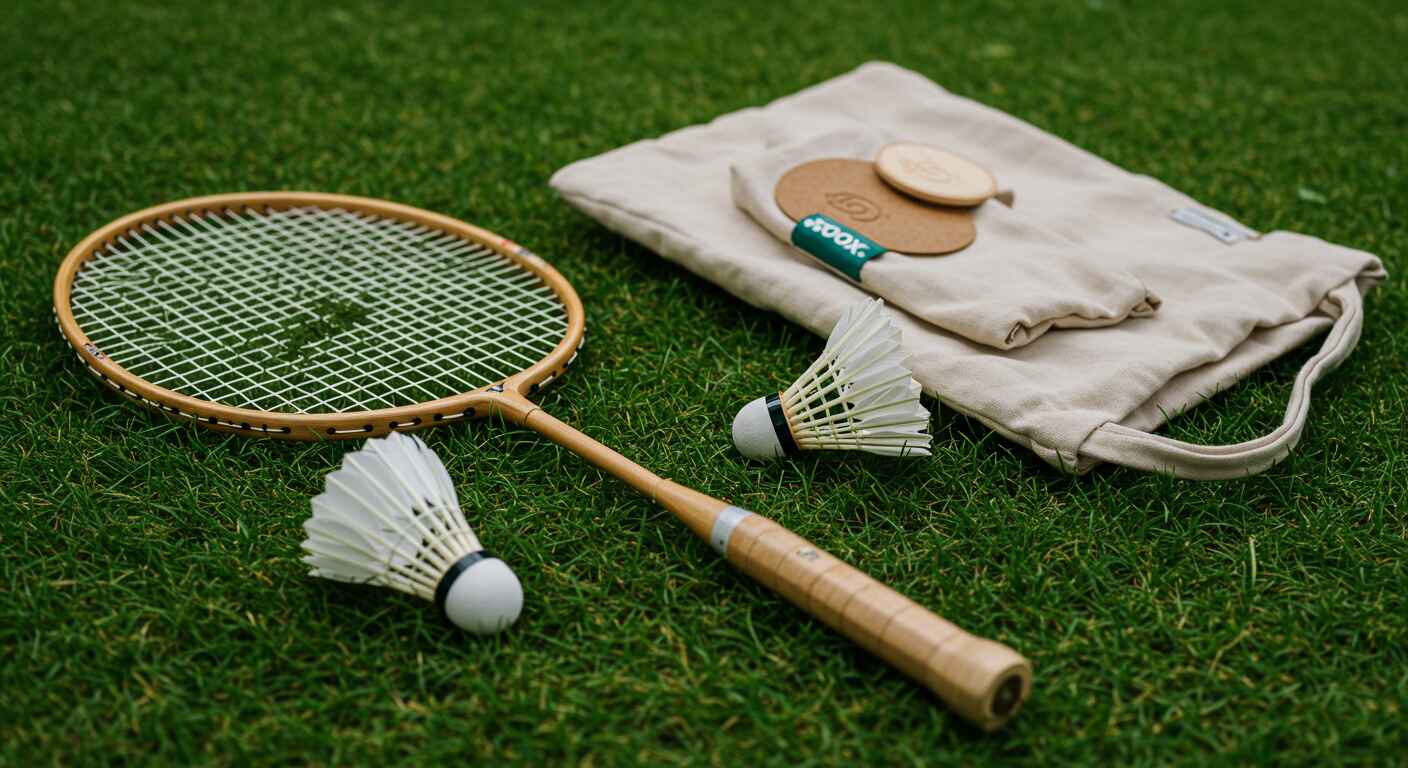Introduction
The environmental impact of badminton equipment is often overlooked, yet it plays a significant role in the sport’s sustainability. From high-tech rackets to synthetic shoes and feathered shuttlecocks, many materials used in badminton production contribute to pollution and waste. As more players become eco-conscious, it’s important to understand how our gear affects the planet—and what we can do to make more sustainable choices.
#GHCSPORTSWEAR
What’s the Environmental Impact of Badminton Equipment?
1. Rackets: Lightweight but Not Eco-Light
The majority of badminton rackets today are made from carbon fiber and graphite. While these materials offer strength and flexibility, they are energy-intensive to manufacture and difficult to recycle—adding to the overall environmental impact of badminton equipment.
2. Feather vs. Plastic Shuttlecocks
Feather shuttlecocks are sourced from birds—usually ducks or geese—and require frequent replacement. Although they are biodegradable, their production raises ethical concerns. Plastic shuttlecocks last longer but are made from petroleum-based materials that contribute to long-term pollution.
3. Shoes and Sportswear
Badminton shoes and clothing typically use synthetic fabrics and rubber, which are derived from fossil fuels. The fast fashion culture in sports leads to overproduction and waste, making this another aspect of the environmental impact of badminton equipment.
4. Over-Packaging and Disposable Accessories
Grips, strings, and even racket covers are often wrapped in plastic or made with foam, increasing the sport’s contribution to landfills. These items are replaced often, creating continuous waste.
How to Reduce the Environmental Impact of Badminton Equipment
✅ Support Eco-Friendly Brands
Buy from brands that prioritize sustainability in materials and production. Look for rackets with recyclable components, biodegradable shuttlecocks, and apparel made from organic or recycled fibers.
✅ Use and Reuse
Take care of your badminton gear. Restring instead of replacing rackets, clean shoes regularly, and repair grips where possible to extend lifespan and reduce waste.
✅ Recycle and Donate
Don’t discard used items. Donate them to beginner clubs or youth organizations. Recycle through local programs if available, especially for shoes and plastic shuttlecocks.
✅ Buy Second-Hand
Purchasing second-hand equipment is a great way to reduce your environmental impact while saving money. Many online platforms and local forums offer gently used gear.
✅ Green Your Local Club
Encourage your badminton club to adopt sustainable practices like LED lighting, eco-friendly flooring, water stations, and recycling bins for packaging and gear.
Final Thoughts
The environmental impact of badminton equipment is real—but it doesn’t have to be permanent. With mindful choices and small changes, every player can contribute to a more sustainable future for the sport. Whether it’s buying eco-conscious gear, recycling your equipment, or encouraging your club to go green, every step counts.
Learn more about eco-friendly sports gear at Green Sports Alliance

